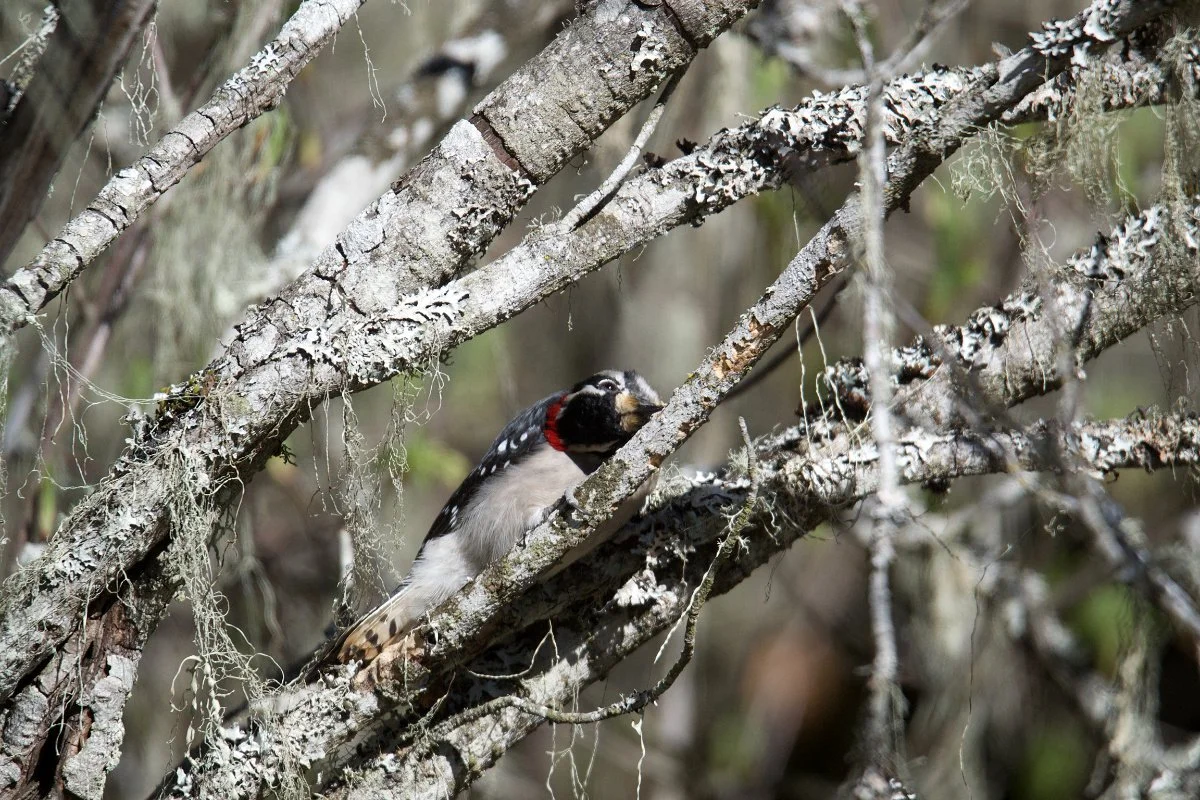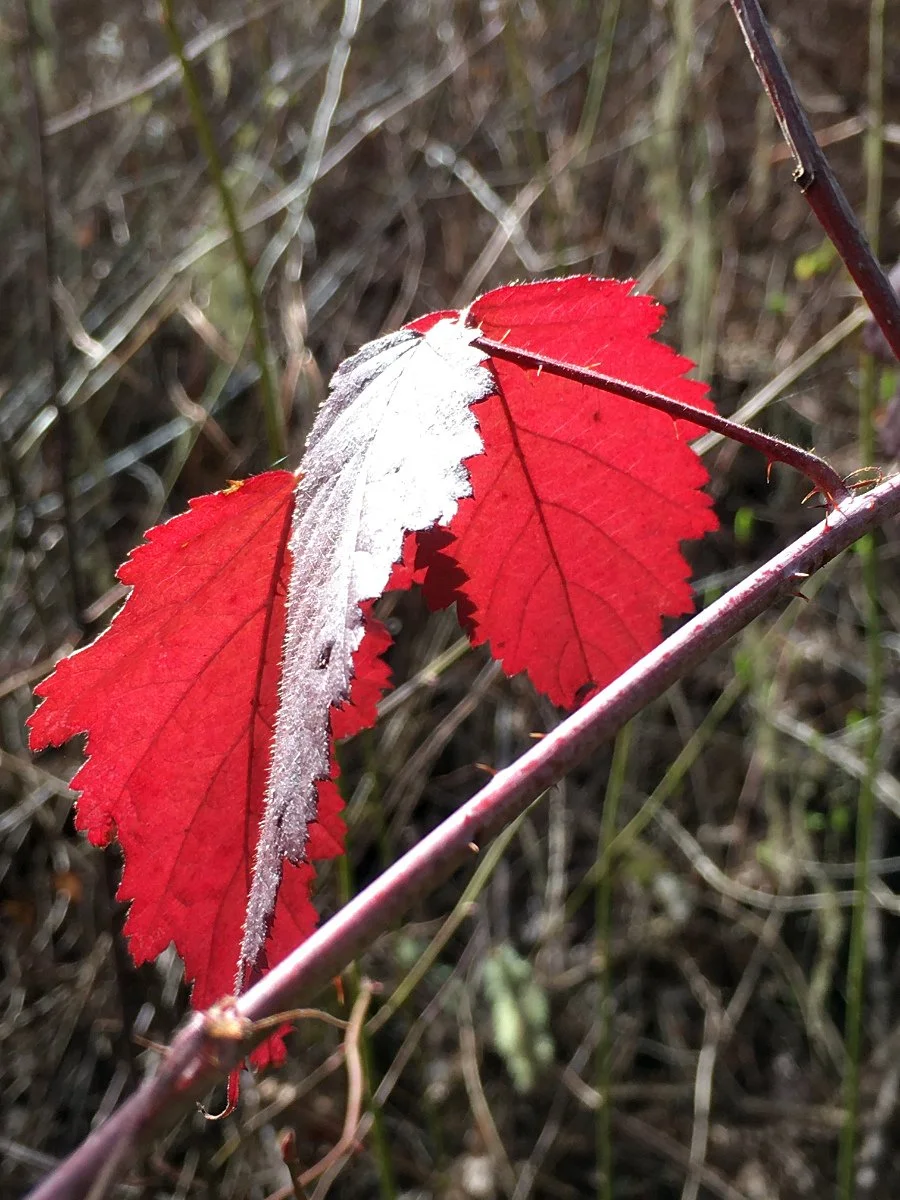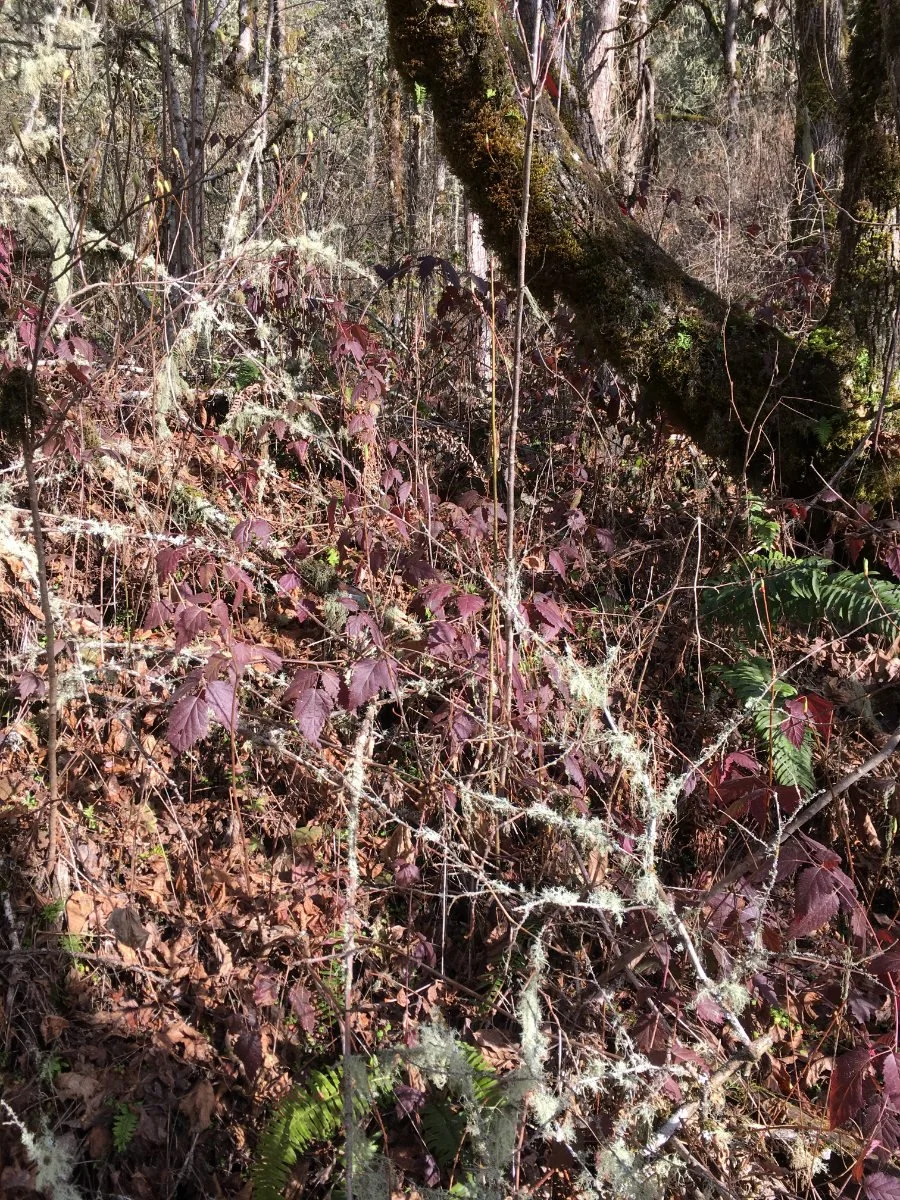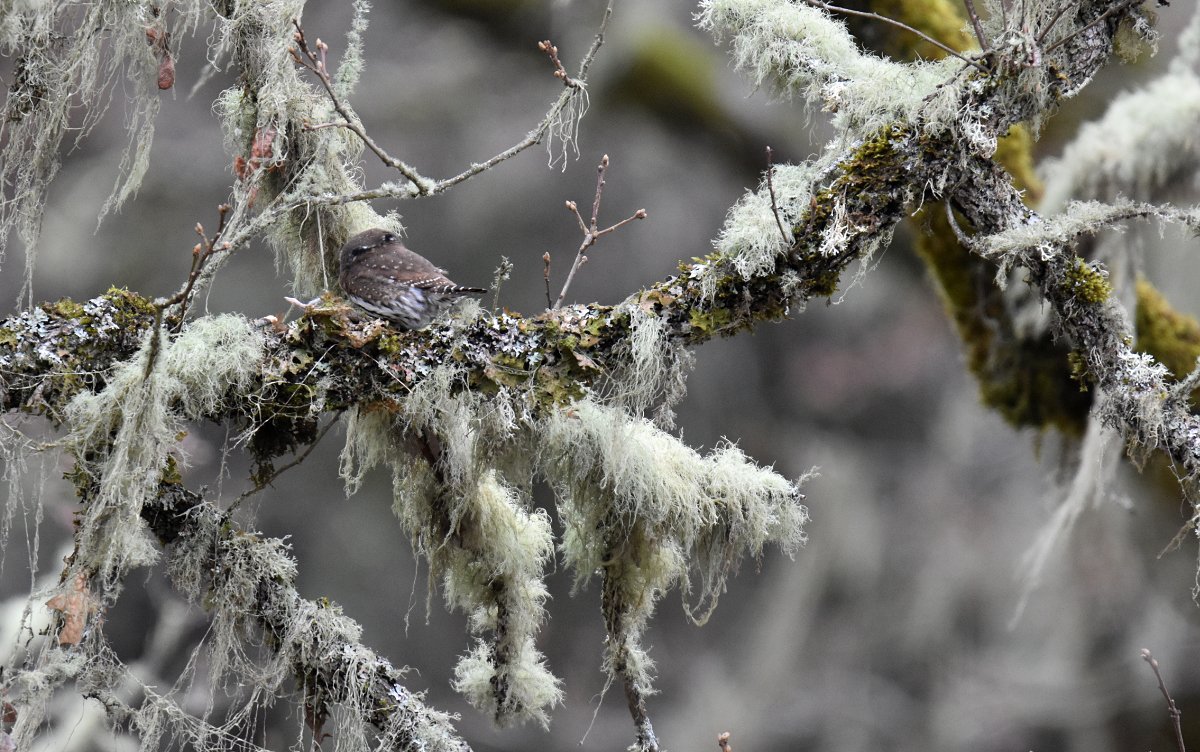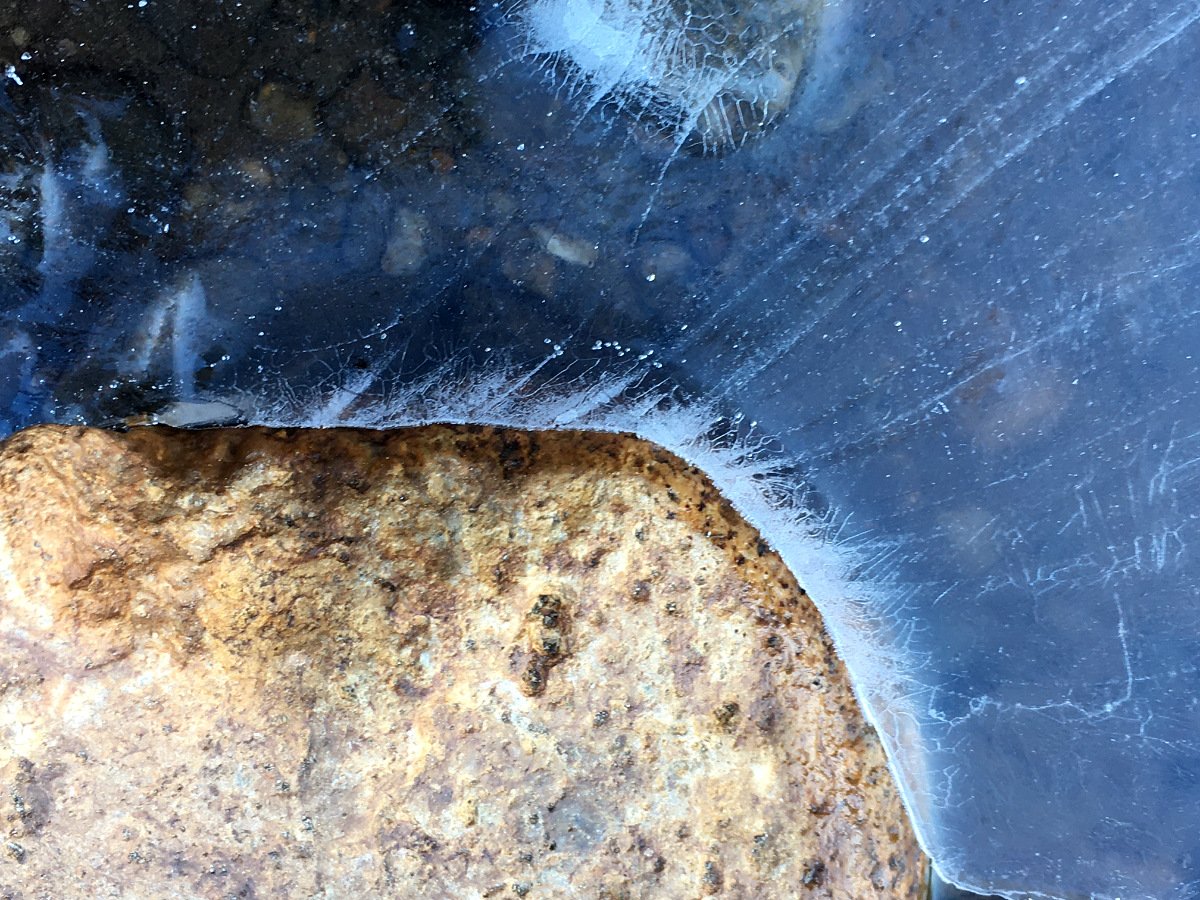A pair of mallards have been paddling around and exploring the wetlands this winter.
Male Mallards have a dark, glossy-green head, white neck ring, chestnut-brown chest, gray body, orange feet, and a yellowish bill. They also have a noticeable black tail curl at the rear part of their bodies. Females and juveniles are mottled brown with orange-and-brown bills. Both sexes have a white bar on both sides of a blue speculum patch in the wing. You can see it in the photo of the female searching for food below the surface.
Mallards dabble to feed. You will often see them in shallow water tipped forward with their hind quarters in the air as they reach for submerged plants and animals on or near the bottom. They will also forage on the top of the water and along the shore.
Interestingly, all of the quackings you hear coming from mallards are made by females. The males don't quack. Instead, they make quieter sounds that Peterson describes as “yeeb or a low kwek.”
Mallards are powerful flyers. Migrating flocks of mallards have been estimated traveling at 55 miles per hour (All About Birds).
Also, they can launch directly into the air from the water and don't need to run across the surface to reach takeoff speed. To achieve lift-off, their first wing beat pushes against the water's surface. This is handy in places like the wetlands out at the arboretum, which is dense with vegetation.
This mallard pair is fairly tolerant of my presence if I slowly and quietly walk out onto the bridge. They are so peaceful to watch as they swim around.
Nature is an inexhaustible source of wonder. I look forward to seeing you out there.
Resources
Ehrlich, Paul R., et al. The Birder’s Handbook: A Field Guide to the Natural History of North American Birds: Including All Species That Regularly Breed North of Mexico. Simon & Schuster, 1988.
Mallard Overview, All About Birds, Cornell Lab of Ornithology. https://www.allaboutbirds.org/guide/Mallard/overview. Accessed 26 Jan. 2023.
Peterson, Roger Tory, et al. Peterson Field Guide to Birds of Western North America. 4th ed, Houghton Mifflin Harcourt, 2010.
Sibley, David. What It’s like to Be a Bird: From Flying to Nesting, Eating to Singing -- What Birds Are Doing, and Why. Alfred A. Knopf, 2020.




